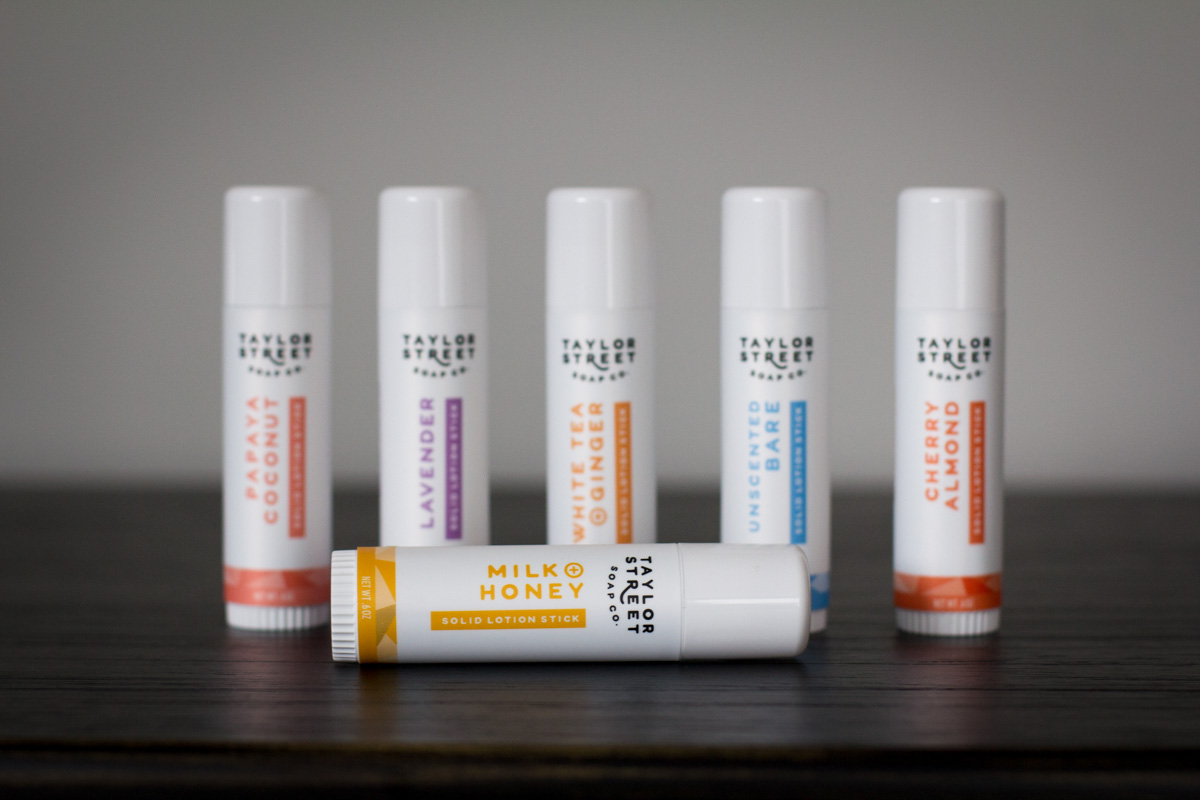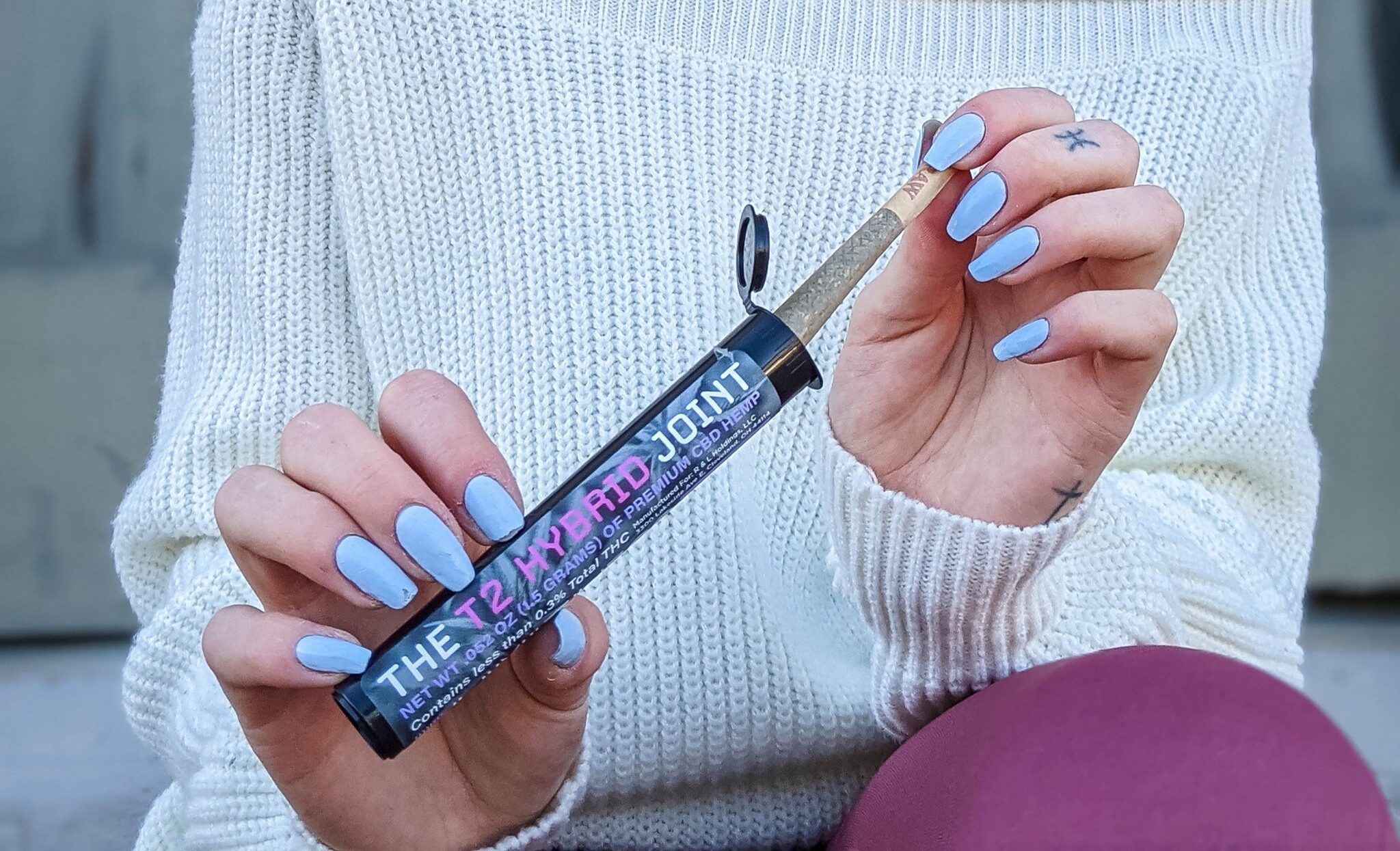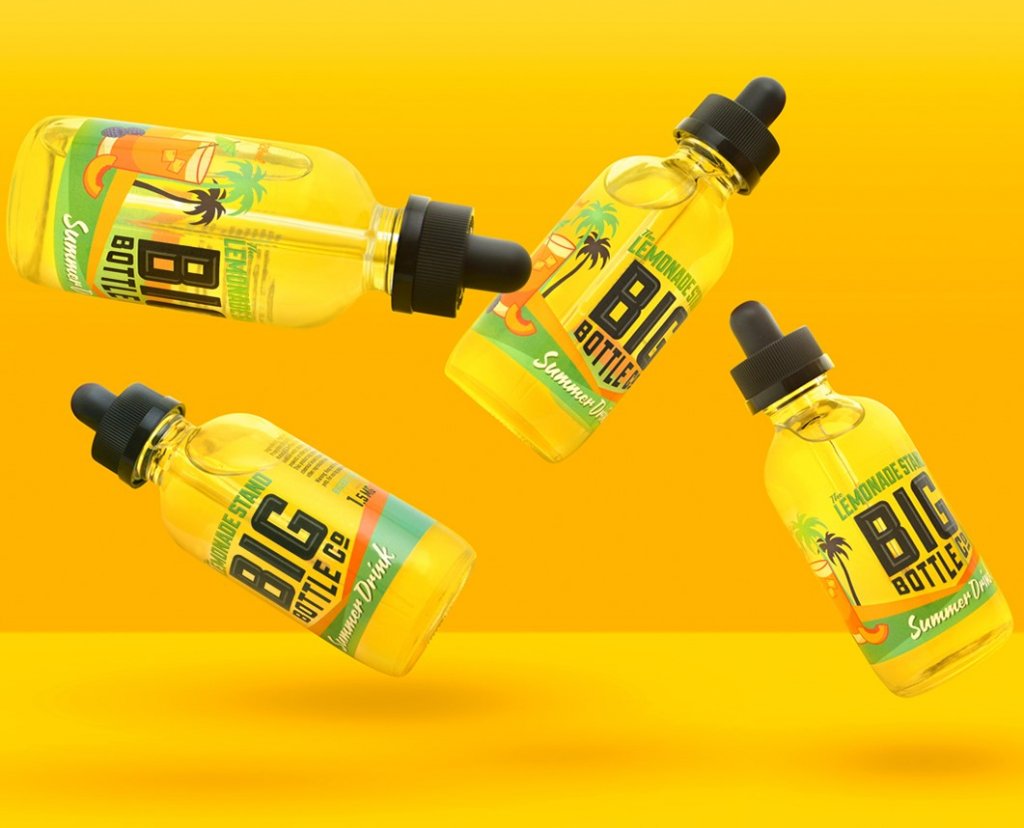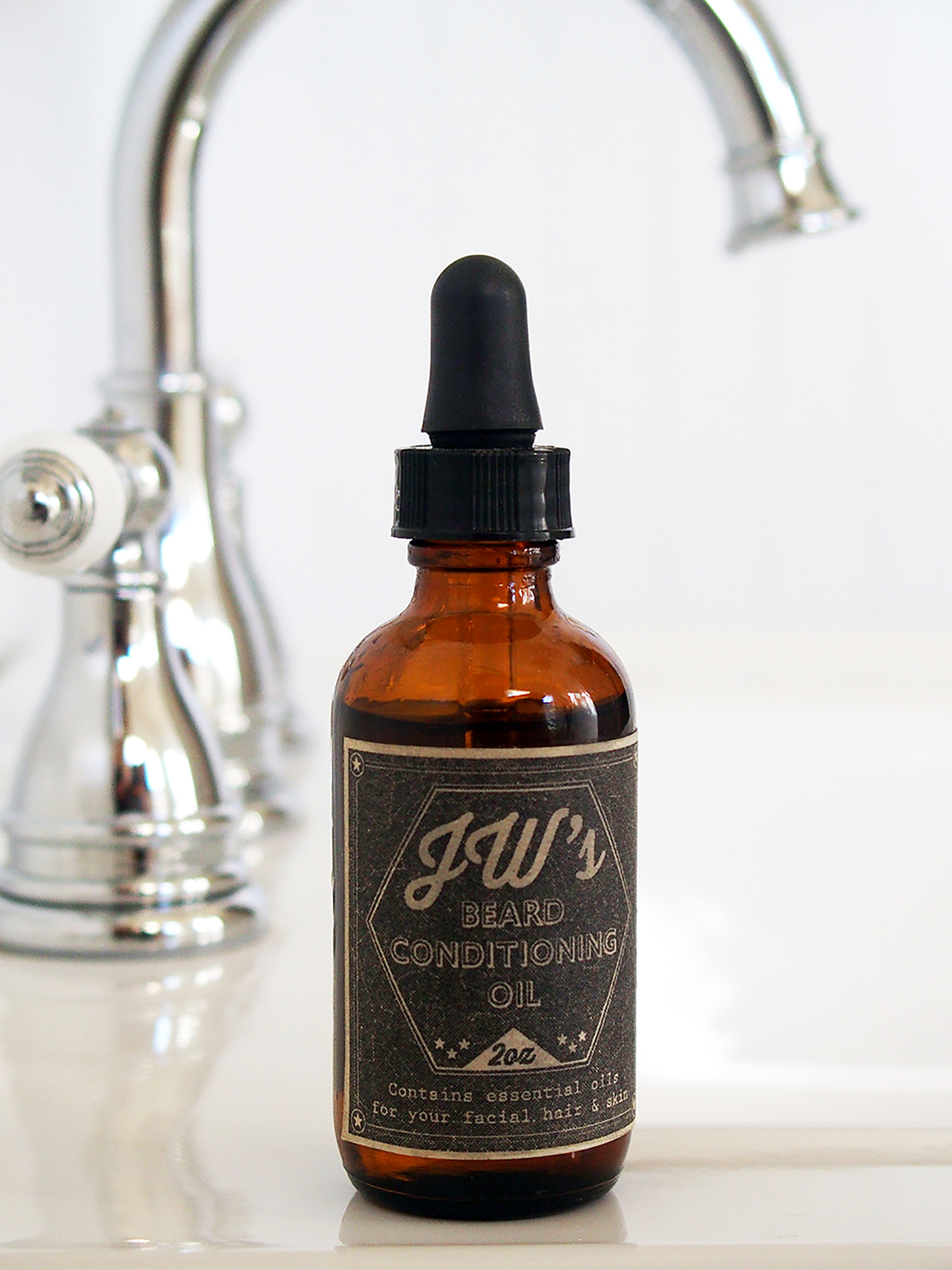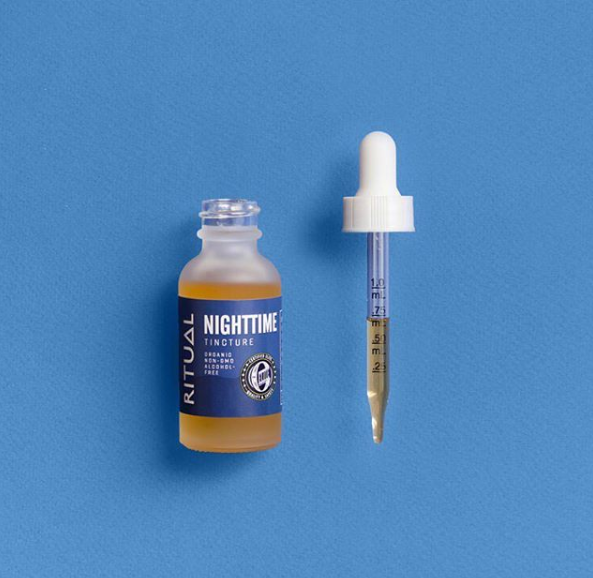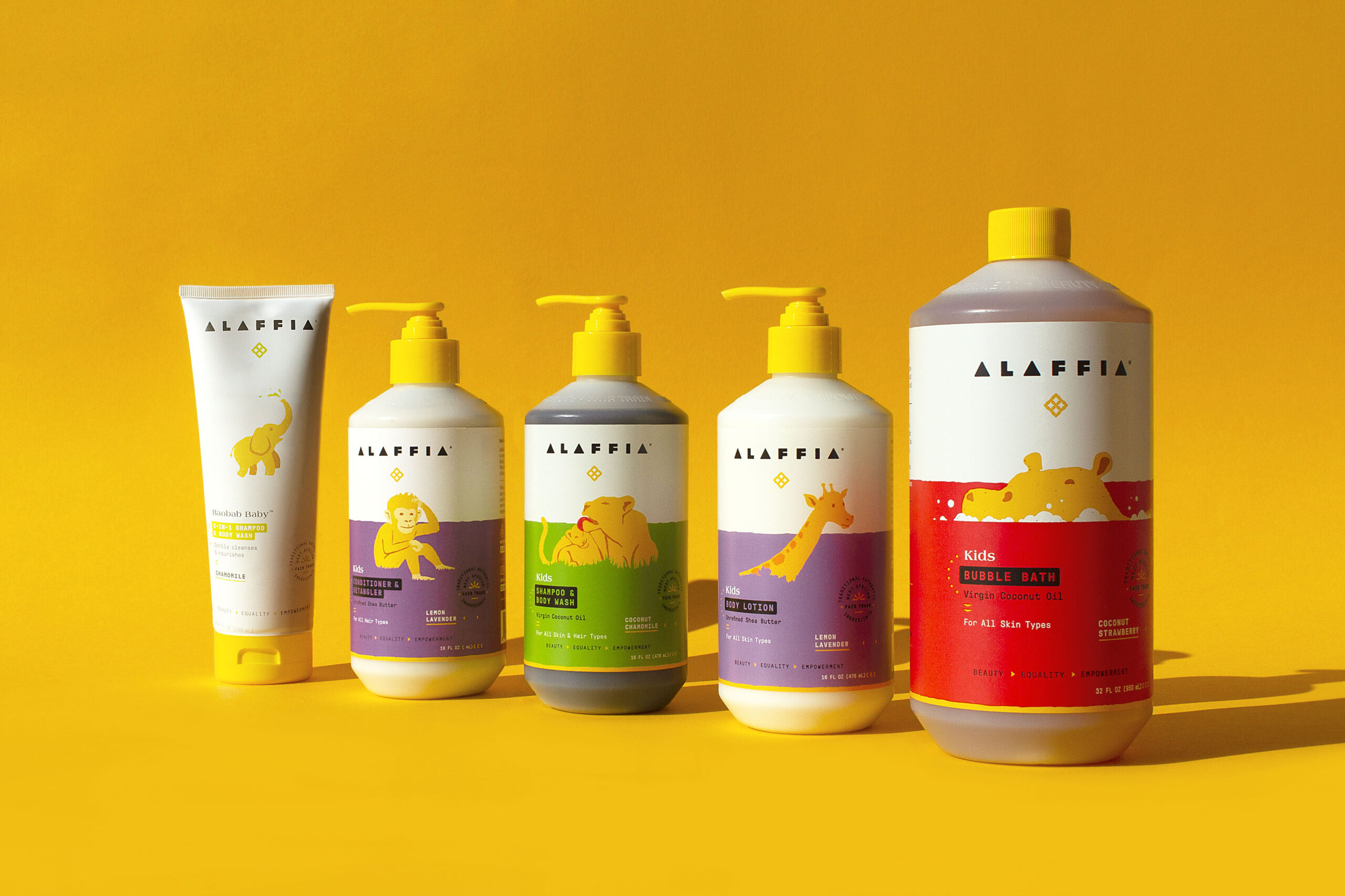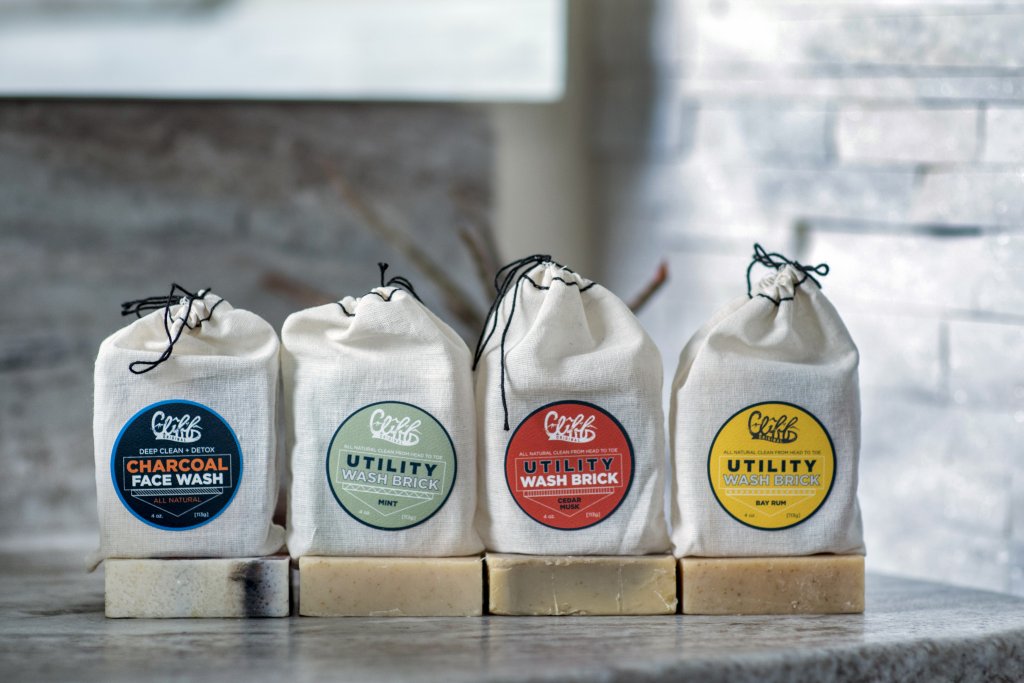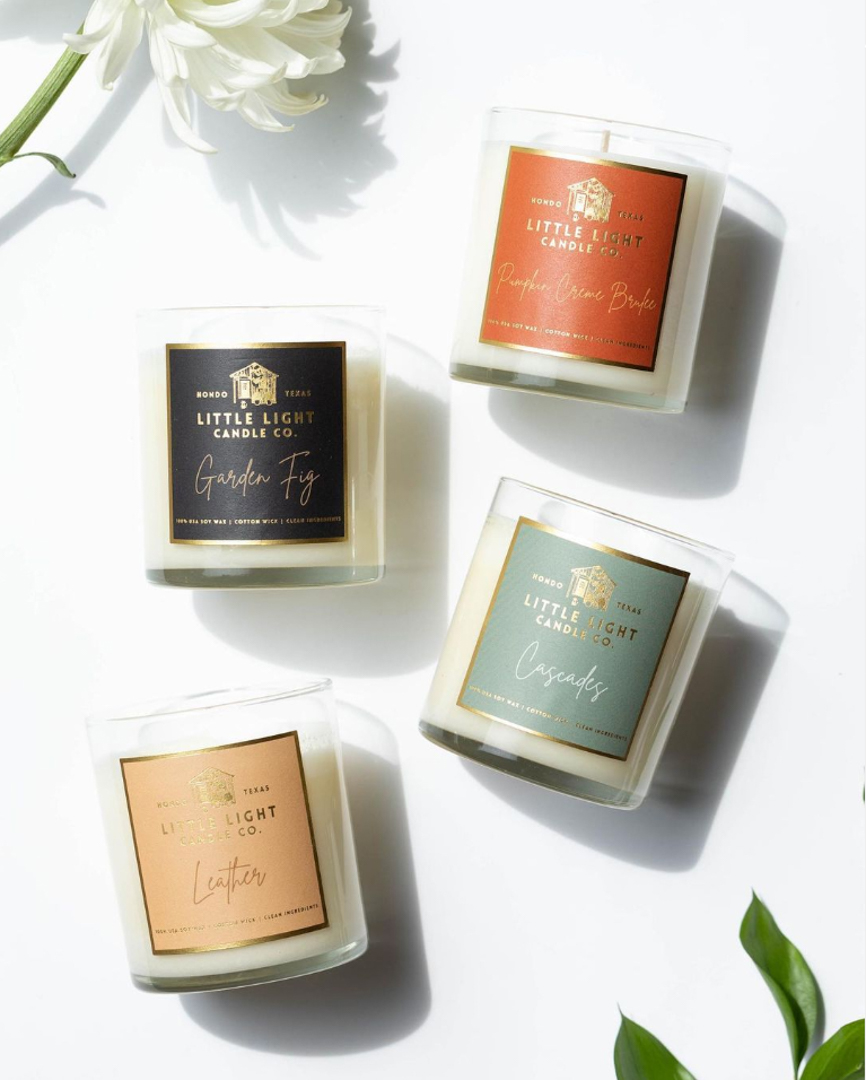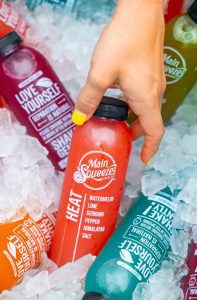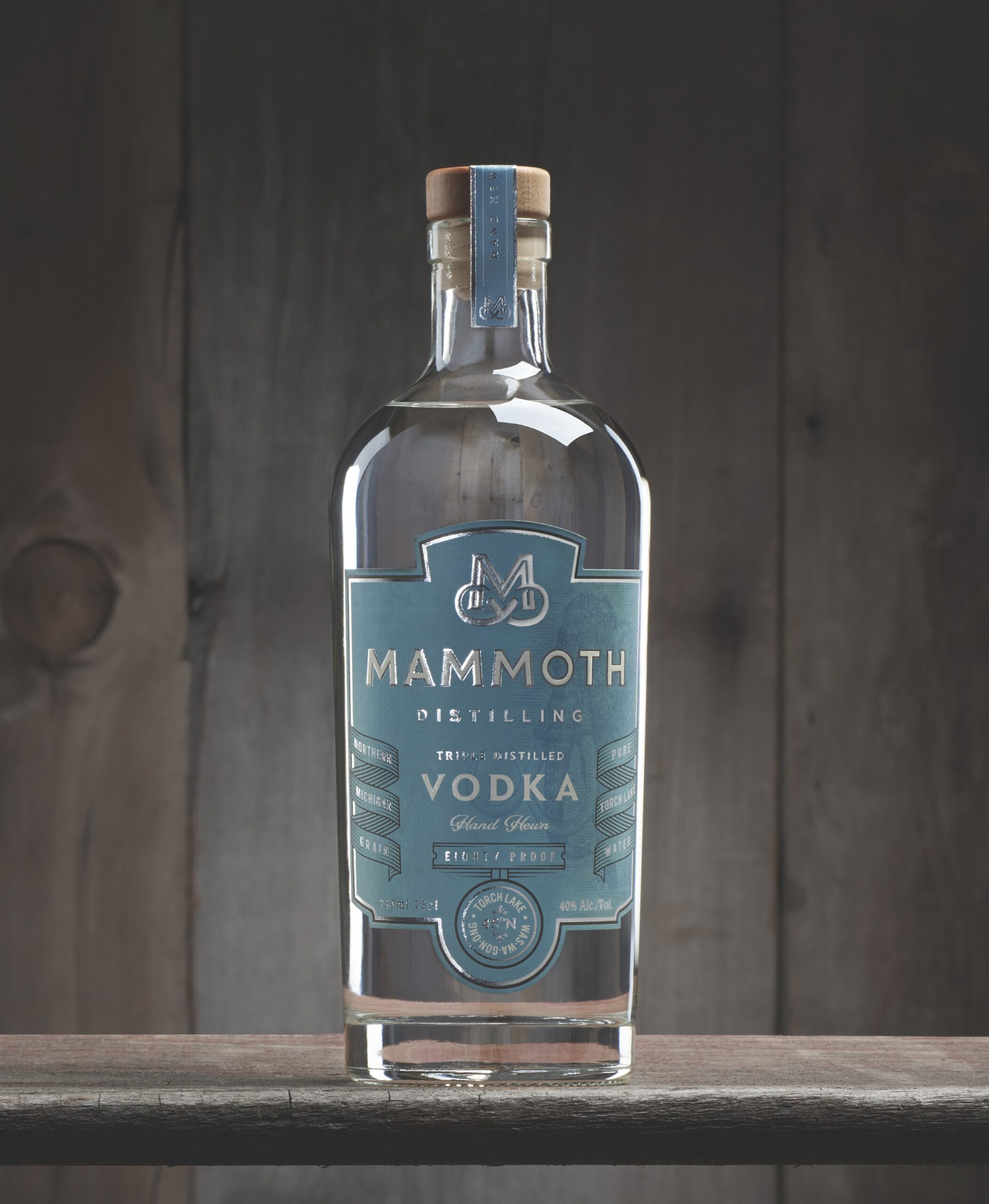How To Prevent Labels from Smudging in Humid Environments
If your product lives in or passes through humid environments like showers or even humid shipping trucks, the label can be susceptible to smudging or peeling. Fortunately, label smudging is preventable with the right combination of materials, adhesives, and protective techniques.
Here’s how to keep your labels looking clear, even in humid conditions.
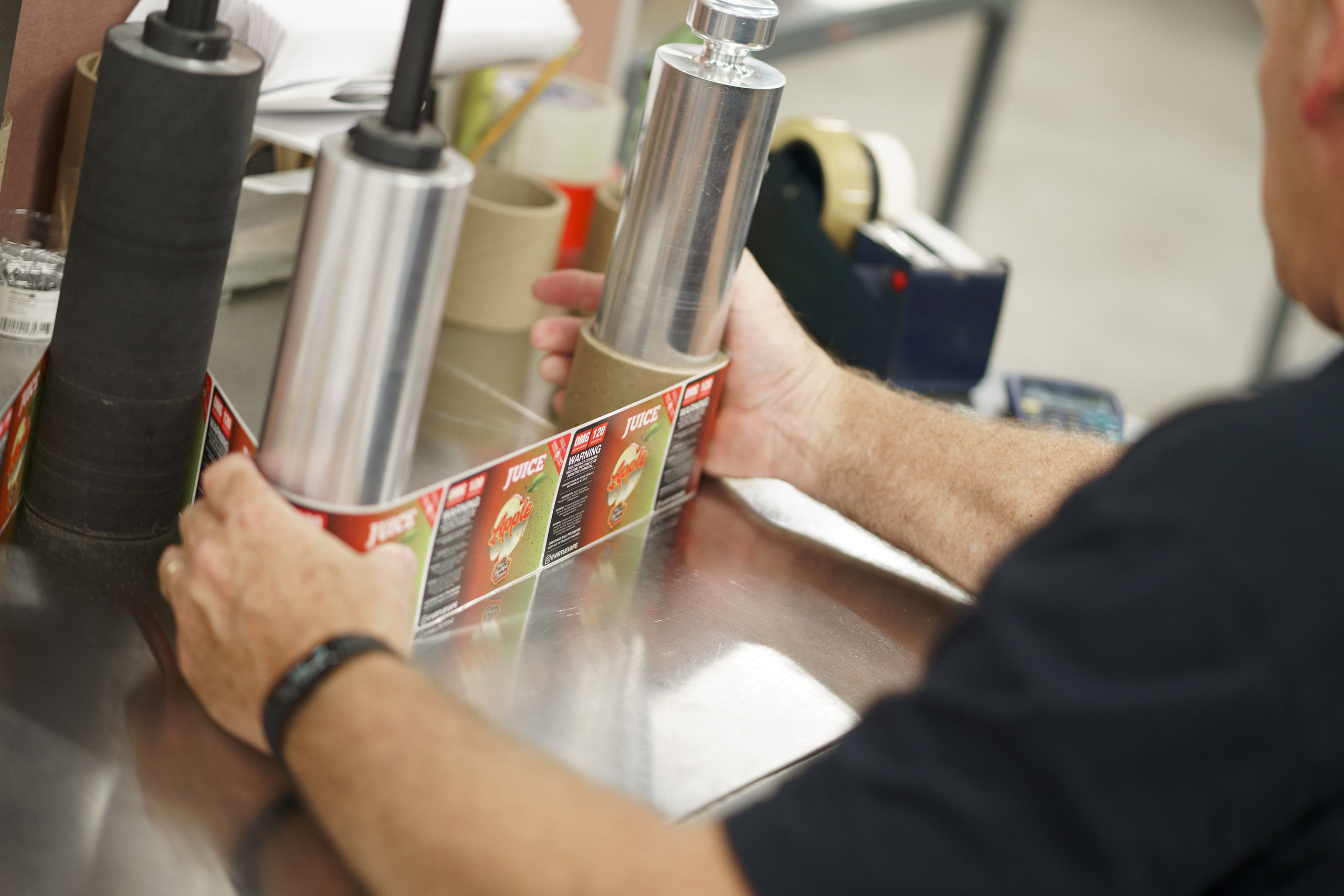
Start with the Right Label Material
In humid conditions, standard uncoated paper labels can be problematic, especially without the right finishing techniques. Some wet-strength papers can hold up okay in light moisture, but they’re usually not built for high-humidity environments.
Synthetic materials are generally a safer bet:
- BOPP and MDO (Polypropylene): Both are great for products like refrigerated beverages, personal care items, or household cleaners that deal with condensation; however, MDO may be the better option depending on the container.
- PET (Polyester): Handles moisture and temperature swings; ideal for outdoor goods, frozen items, or cosmetic packaging.
- Vinyl: Flexible and reliable on curved surfaces like lotion bottles or spray containers.
- Welded Paper Stocks: If paper is required, wet strength or welded options will help lock out some of the humidity.
Each of these resists water absorption and ink bleed better than paper.
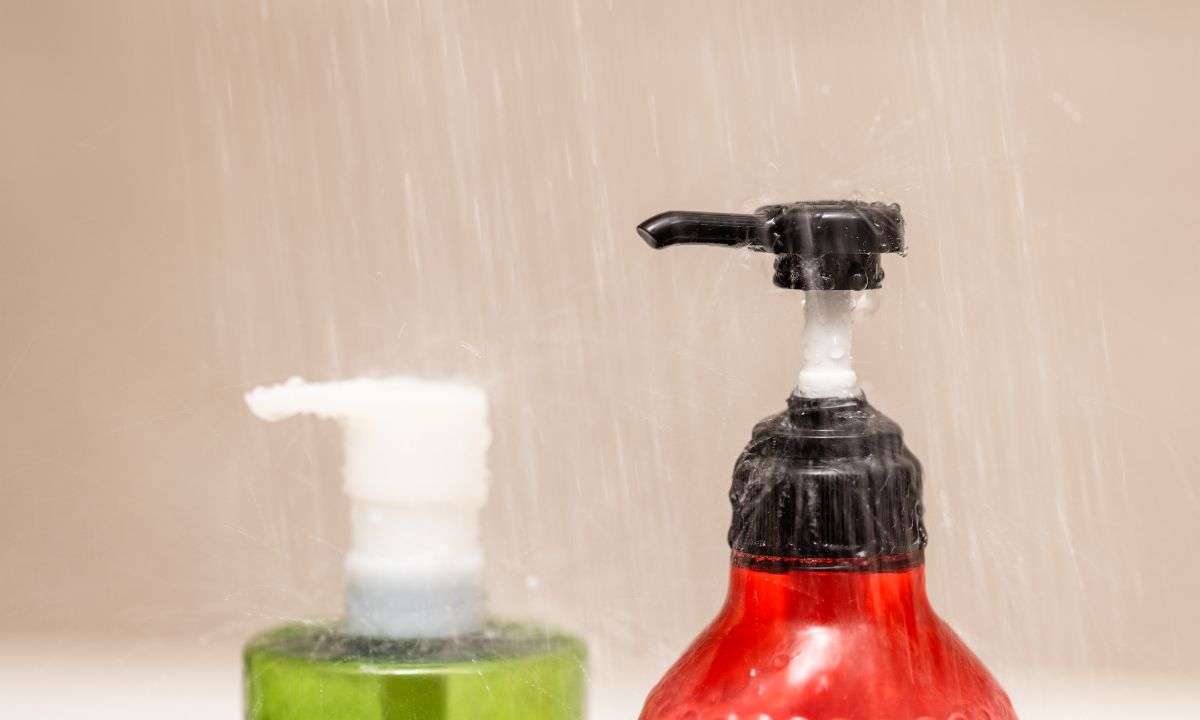
Match Adhesives to Humidity Conditions
The best label material won’t matter if the adhesive can’t hold up. High humidity can break down weaker adhesives, so it’s worth being picky here:
- Permanent acrylic adhesives: A dependable choice for products stored in coolers, steamy bathrooms, or humid warehouses.
- Freezer-grade adhesives: Designed to stick to containers that are cold, wet, or even frosty right off the line.
Protect Your Labels with Finishes and Coatings
Even durable label materials can use some extra protection. Protective finishes help lock in the ink and guard against water, scratches, and general wear and tear.
- Lamination: A clear film that seals the label surface to protect it from water, oils, and friction.
- UV or coatings: Lighter than lamination but still helpful for moisture resistance and visual appeal.
For anything going in a fridge, freezer, or damp environment, lamination is usually the safest bet.
Surface Preparation and Storage
A few good habits to avoid label failure from improper application or storage:
- Store labels right: Keep unused rolls in a climate-controlled space (think 50% humidity and around 70°F). That’s the storage sweet spot that we recommend.
- Apply to dry surfaces: Moisture or condensation can mess with adhesion and cause bubbling or peeling.
Labeling cold containers? Try warming them slightly or applying labels before cooling, if your process allows.
Test Before You Commit
Before you commit to a full label run, test how your labels actually hold up in humid environments. You don’t want surprises after you’ve labeled a few thousand units.
Here’s what we recommend:
- Condensation tests: Apply labels to chilled containers, bring them to room temp, and watch for smudging or peeling.
- Wipe tests: Run a damp cloth over the surface to see how the ink holds up.
- Try a sample pack: Test a few options on your real packaging before you commit.
At Blue Label, we put our labels through rigorous testing in these real-life environments to make sure they stand up and stay on.
Quick Label Durability Checklist
- Choose water-resistant materials matched to your product’s environment (don’t worry, we can help).
- Use moisture-resistant adhesives.
- Apply protective finishes like lamination or UV coatings.
- Prepare surfaces properly and store labels in climate-controlled conditions.
Avoiding Label Smudging in Humid Environments
If you want your labels to survive humidity without smudging or peeling, you’ll need the right combo of substrate (material), adhesive, finish, and good application practices. Need help finding the right solution? Contact us and we’ll show you what works.
